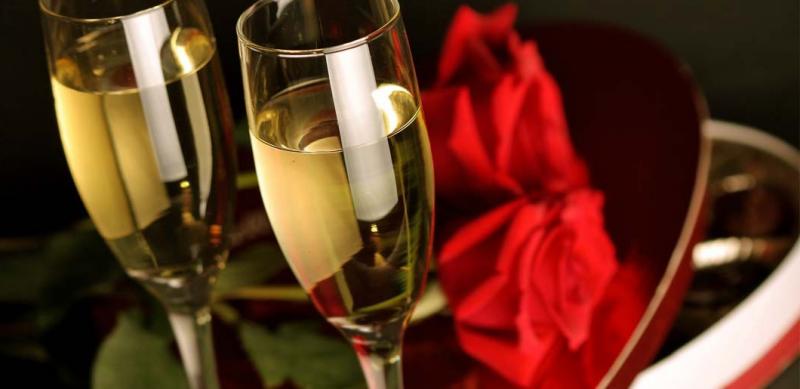Perhaps you have had your curiosity piqued by the brouhaha surrounding the “new” sparklers labeled Pe’tillant- Naturel or Methode Ancestrale or Gaillacoise or Artisanale. There is absolutely nothing new here. The process goes back to the 1530s in Europe and the 1800s in the New York Finger Lakes region. I don’t wish to get too far into the weeds, so let me explain.
This is a process where raw juice is placed in bottles and natural fermentation occurs. The lees (sediment) is left in the bottle. No disgorgement, therefore no dosage is added, therefore quicker production with less handling. Usually the result is a less alcoholic, yeasty wine. I’m painting a broad brush, but that is the idea. One would think the technique would lead to a far less expensive product. For the most part that ain’t happenin’. The media darlings have embraced this product and sold it to the “utes” as trendy. Rather than comment on specific wines of this type, let me type a general opinion.
Caveat emptor! Many modern Pet-Nats, as the Facebook/Google/Apple critical set nicknamed them, are contrived by halting fermentation, usually by dropping the temperature then bottling the partially fermented yeast-laden wine. As it warms, fermentation reignites in its bottle. Although modern technology has improved the process, the viability of the yeast and whether it can re-establish to complete fermentation is dicey. Often these wines are cloudy, with reduced effervescence. The best of them run in the $30s and higher. To lessen impact of particulates, place wine upright overnight. Tip glass and gently allow wine to ease from the bottle. Don’t pour.
I am not a fan. However, in a column discussing Pet-Nat, including some of its flaws, Eric Asimov, NYT wine scribe, is on point writing: “But to me, the tedious insipidity of many processed wines is just as much a flaw.” RRs may recall the frequency with which I use various forms of insipid: dumbing down, race to mediocrity and appealing to the broadest standard, come to mind. Anyhow when bantering with buddies, deploy Sessionability to sound in the know, ”a beer-culture term, connoting beverages low enough in alcohol and intensity to permit them to be consumed in quantity while maintaining coherence.” Coherence does not mean you are OK to drive, by the way.
However, if you are interested in staying “au currant,” the best of pet-nats are coming from the Loire Region of France. They are found in most wine producing arenas, New York, Oregon and California are producing several. One top rated U.S. Pet-Nat is J. Brix Colobrium, Kick on Ranch, 2016 Pet-Nat. Floral aromas, with dried fruits, citrus and spice flavors bright acidity $25; 87 McD. Laurent Barth pe’tillant natural, extra brut, Alsace, France is 87 McD around $22. Upscale, Donkey and Goat’s Pet-Nat, Sparkling Chardonnay, Anderson Valley, 2016 is findable around $35.
Produced by Tracy and Jared Brandt, who jumped in 2004, well prior to the trend. Part of their great story is that they actually tried some yeast addition several years ago, had poor results and tossed several barrels. Yay, for them. You can read their story here: https://grapecollective.com/articles/donkey-and-goat-at-15-a-california-natural-wine-pioneer-takes-stock#.
For fans of sparkling apple cider the 2016 will be right in your wheelhouse. Apples, slightly sweet good body at mid $30s; 86 McD. The 2015 is decidedly better at 90 McD. Actually, a Chard 92 percent Roussanne blend.
Cloudy colored, pear and floral nose leads to buttery pear with hazelnut/ nutmeg flavors, enough acidity to support 90 McD. A bit pricey, $45, but an excellent introduction to the style. As I typed previously, these are not usually my cup of wine. This means little because I hope the column is about you.
Recently there has been a spate of requests, mostly from the younger set, so I brought a few in. Sadly, I’m still not a fan, but it is a big world.
These are derived from multiple varietal juices and vinified by highly regarded vignerons. As time goes on, I’ll try to do more research. Don’t forget Valentine’s Day is coming soon. Chocolate from our local chocolatiers and Nassau Valley fruit wines are a great combination.
Stop in and ask your wine shop pal for recommendations also. They are always happy to help out.

















































